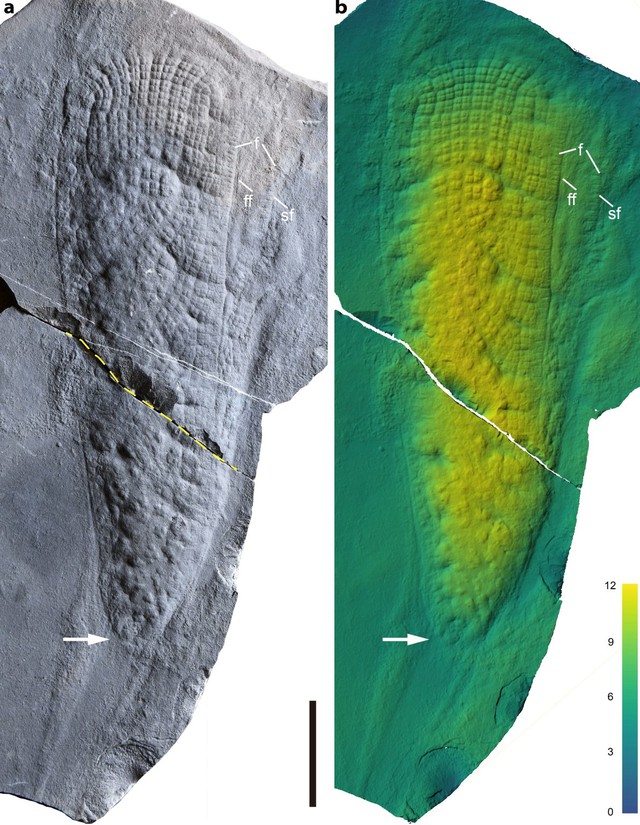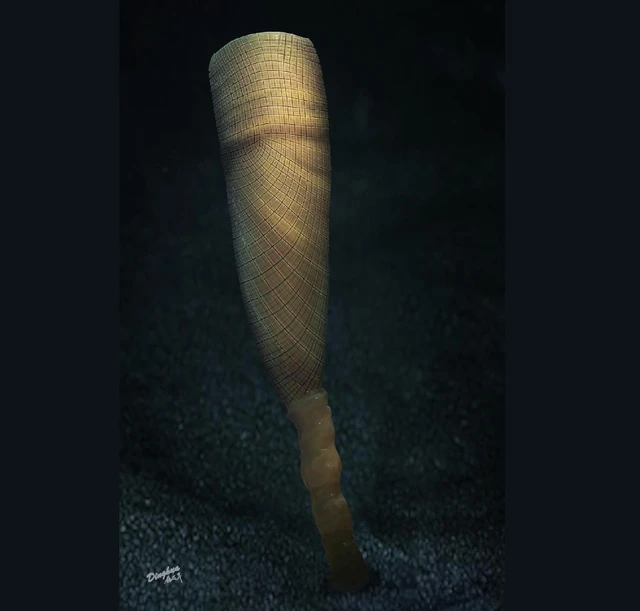In a significant paleontological breakthrough, scientists have unearthed a mysterious creature dating back 550 million years in Hubei Province, China. This discovery, attributed to a team from the Nanjing Institute of Geology and Paleontology (part of the Chinese Academy of Sciences), offers new insights into the early evolution of life on Earth. Named Helicolocellus, this enigmatic organism belongs to a period known as “the lost years,” potentially shedding light on the initial stages of animal evolution.
Unveiling Helicolocellus: A Glimpse into Pre-Cambrian Life
According to SciTech Daily, the newly discovered species, Helicolocellus, represents a fascinating window into the pre-Cambrian era, a time still shrouded in mystery for scientists today. The finding, detailed in the prestigious journal Nature, bridges a critical gap in the evolutionary history of sponges—one of the most primitive and fundamental multicellular animals. These early sponge fossils could provide crucial clues about the origins and early evolution of animals, including our own lineage.

The Significance of Sponges in Evolutionary History
Sponges are believed to have first appeared on Earth around 700 million years ago. However, the oldest confirmed sponge fossils previously discovered are approximately 539 million years old, dating to the early Cambrian period (541 million to 485 million years ago). The world has undergone dramatic transformations since the beginning of the Cambrian period, which marked one of the most significant biological explosions in Earth’s history.
The Cambrian Explosion and the Mystery of the Pre-Cambrian Era
The Cambrian period signifies the start of the Phanerozoic Eon and the end of the Proterozoic Eon. The events that transpired with early animals during the Proterozoic Eon remain largely enigmatic. The 550-million-year-old fossil from Hubei, China, represents a species from this shadowy epoch, a period scientists refer to as “the lost years.”

Morphological Characteristics of Helicolocellus
The newly discovered Helicolocellus showcases morphological features similar to those of glass sponges (Hexactinellida), including a radially symmetrical conical body, a disc-shaped attachment structure, a possible central cavity, and drainage channels. This mysterious organism also exhibits a net-like surface, reminiscent of some Cambrian species.
Organic vs. Mineralized Structures
While the shapes and structures of Helicolocellus and later Cambrian sponge fossils are strikingly similar, there is a key difference. The nets in Helicolocellus are composed of organic material, whereas the nets in later sponge fossils are formed from biologically mineralized spicules.
Evolutionary Implications of Helicolocellus
On the phylogenetic tree, Helicolocellus is positioned not far from the common ancestor of the branch that eventually gave rise to humans and other terrestrial animals. Therefore, understanding its evolution and the conditions that influenced it provides vital clues about the early evolutionary changes in our ancestors as the Earth transitioned between these two eons.
Conclusion
The discovery of Helicolocellus is a monumental step in paleontology, offering a glimpse into the obscure pre-Cambrian era. This ancient organism not only helps fill a significant gap in the evolutionary history of sponges but also enhances our understanding of the early evolution of multicellular life. As scientists continue to study this remarkable find, we may unlock further secrets about the origins of complex life on our planet, shedding light on the profound evolutionary processes that have shaped the diverse biosphere we see today.
